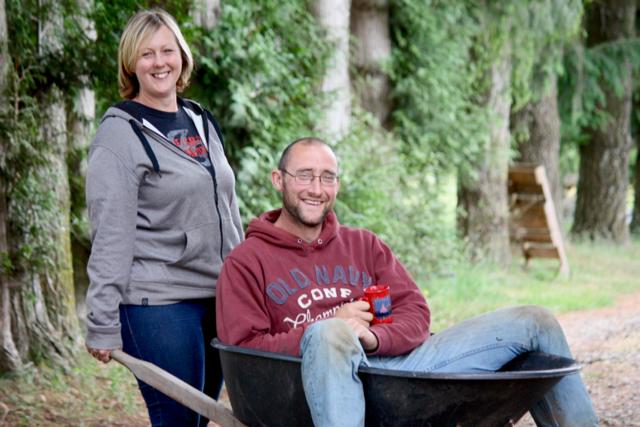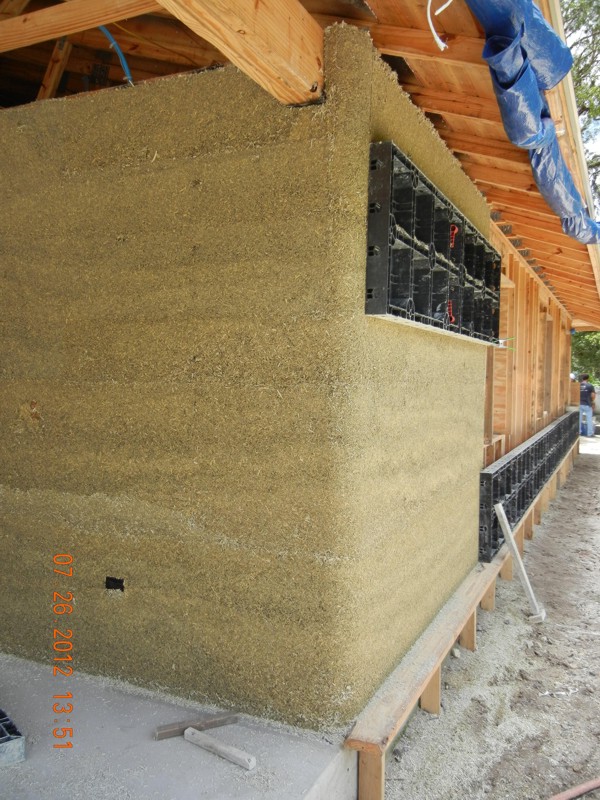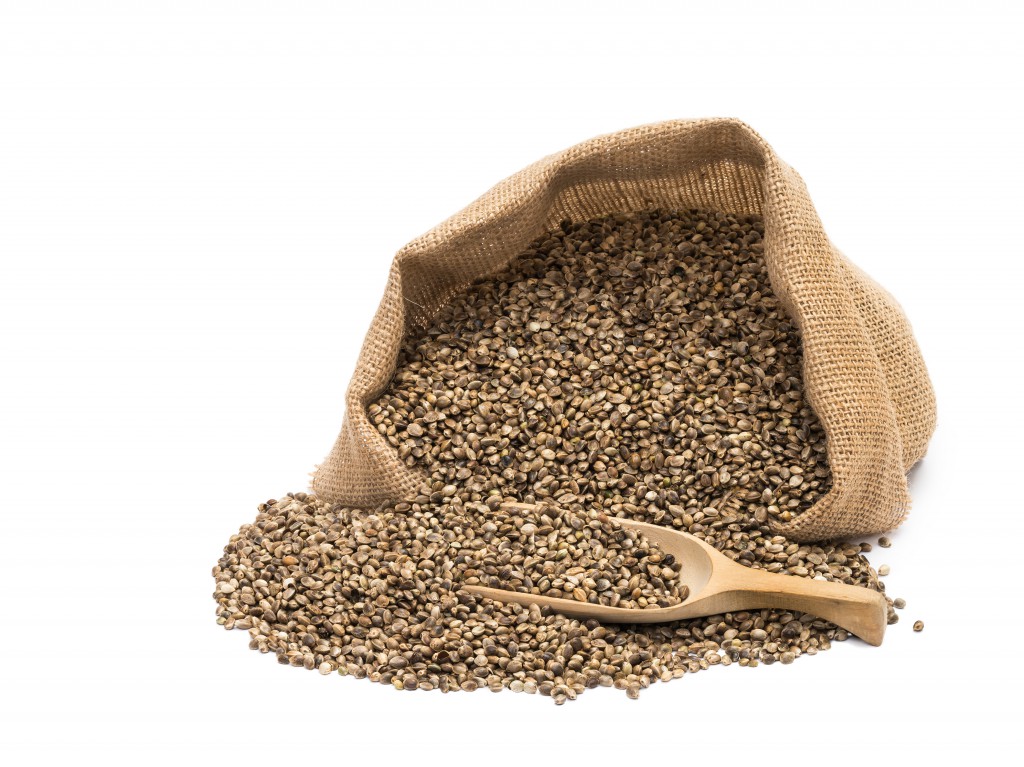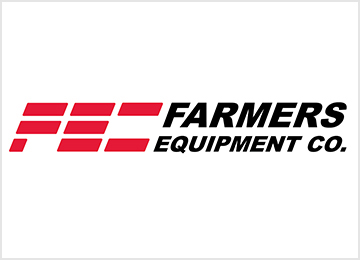By Cathy Finley

After a devastating house fire, we find ourselves about to embark on a new house build. Except this isn’t your average new house. We have an extra pressure pulling and shaping our every decision…accountability.
We spent the last four years building a sustainable permaculture farm in Langley, BC. We built it from scratch using around 70% reclaimed and salvaged materials and embracing green technologies.
People have joined us in our mission; our farm has become a community hub and a center for learning. We preach about our farming values and lament about the principles of permaculture to everyone that walks through our gates, and we invite those visitors to challenge us and ask us questions. Visitors come to Laurica Farm to learn about local food, regenerative agriculture, and sustainable living. We talk the talk, and now, in a design process for our own living space, we have to walk the walk. All our credibility as stewards of the land and environmentally conscientious people hangs precariously in the balance as our farm supporters start circling to see where we will go with this eco-build.
We’ve lost count of the books, magazines and YouTube videos we’ve tried to absorb in our quest for the perfect sustainable house. We can talk about most building techniques from the last five centuries now, a skill we could probably live without! But, it was fairly early on in our research that our family decided we wouldn’t be able to justify an average house in our farm tour spiel on sustainability. If we can’t reconcile the issues within ourselves, how can we be passionate about it to a wider audience?
We would like a fairly modern, functional house; and, of course, it has to be built to code which rules out many types of build we usually associate with sustainability, such as cob and straw bale. We could go down the route of building a passive house, which would seem sensible as local municipalities start to push towards passive building. But here’s our problem with passive houses: embodied energy and toxins. While passive houses are designed to perform efficiently, they are not required to be built efficiently; they do not need to use eco-sensitive products, there are no considerations given to the toxicity of building materials, and they rely heavily on mechanical ventilation and heating systems.
Take insulation as one example. Typically, a passive house will require a thick layer of insulation to meet passive house status. There are many products you can choose from with varying cost and effectiveness. Some are more sustainable than others, some materials perform better and have a higher R value, some are heavy on the budget, but all are required to have a fire retardant, or have fire retardant properties. The added flame retardant (part of the building code) is usually HBCD here in North America, a chemical that is banned in Europe because it’s carcinogenic, and leachable, which means that it can leave the product into which it is incorporated and find its way into our drinking water. So, now you find yourself in an airtight home with carcinogens from your insulation off-gassing into your living environment.
Focused on finding a solution, we considered a plethora of creative and sometimes plain weird options from cob houses and earth ships to shipping containers and steel-beamed prefab housing. While we give credit to anyone who embarks on one of these intrepid builds, we need something that provides modern and comfortable living, meets local municipal building codes, and will add value to our property. Have you ever tried mentioning straw bale construction to a building inspector? No, nor have we, and we won’t either, but we have started talking to them about hempcrete.

Hempcrete is received with a less exasperated expression and more of a blank look than straw bale proposals. We’ve seen this look multiple times now when speaking to people (both professionals and the public) around BC, promptly followed by a sly smile when that person associates hemp with pot and makes assumptions about our real “farming activities”.
In fact, why don’t we start by clearing up that misconception about hemp before we go on to explain hempcrete as a viable building material. It is true that both hemp and marijuana were cultivated from the Cannabis plant. But the important difference to note is that industrial hemp contains less than 0.3% Tetrahydrocannabinol (THC), the ingredients that make a person high, while marijuana’s THC content can be 5-10% or more.
So, no, you don’t get a constant high from living in a hempcrete house. In fact, even if you never left a hempcrete house for the rest of your existence, or smoked 10 acres worth of the plant, you would not experience any kind of high.
Now we’ve cleared that up, let’s get down to the serious side of hempcrete.
Why Build with Hempcrete?
Hempcrete is carbon-negative construction material made from lime, water and industrial hemp (usually the shiv which is the internal woody part of the plant that is left over after the seed and oil has been extracted).
Hemp is a rapidly renewable resource that does not require pesticides and is easily, and legally, grown here in Canada. As it grows, it breathes four times the amount of CO2 as trees and remediates the soil as it grows—something that is totally in line with our personal farming values.
The carbon that the plant absorbs is then locked within the hempcrete walls, which, at the end of their lifecycle, can be safely returned to the earth unlike other insulation alternatives. Not only that but even as it is in your walls the hempcrete is trying to return to its alkaline state and so it keeps ‘breathing’ and absorbing CO2 instead of off-gassing toxins. We believe that having a house that is vapour permeable as opposed to airtight is preferable.
The material is an alkaline, naturally fireproof insulation, with no added chemical retardant needed. It is what makes up the entire wall cavity, essentially passed around a load bearing frame or wood framing to create twelve- to sixteen-inch vapour permeable walls. This reduces that multi-layered building approach that we are used to by eradicating the burden of skin, drywall and insulation.
The walls regulate air temperature and the relative humidity, are mold and pest resistant, and will continuously clean the indoor air without mechanical heating or cooling systems. You can achieve LEED standards and carbon neutral standards and have a “regular” house appearance with hempcrete—it doesn’t have the rough look that cob or rammed-earth buildings have. You don’t need to compromise on aesthetics.
Something that sounds too good to be true usually is, and hempcrete is no exception. The material meets our needs and, as best we can research from our peers in the industry, is easy to use. The challenges come with reliable sourcing, demonstrating that a material without CSA approval can meet local building codes, and enabling an understanding within our local municipalities.
Farming Hemp
But hemp is not a one-trick pony. In the larger rhetoric, as farmers, we are becoming increasingly interested in the potential opportunities for hemp growers. There are over 200 licensed hemp growers in Canada, mainly in Saskatchewan and Manitoba, and the hemp is mainly used for seed, food, oil and fibre. Hemp provides farms with diversification opportunities and complements the growing trends towards organic and low-input crops.

Canadian farmers do appear to be interested in the growing business of hemp, not least because it’s a fast-growing crop, and it’s reusable and renewable. There are incentives for farmers to turn to hemp production, particularly in Alberta at the moment. But the potential to produce healthy food and environmentally friendly products, including paper, textiles, bio composites and sustainable building materials is not being talked about much here in BC. Do a quick internet search on hemp growers in BC and very little comes back. Geographically, hemp would do well in the Fraser Valley, on the Islands, in and around Lillooet and the Okanagan. Is this a missed opportunity?
Let’s think about this for a moment. According to a statement from BC’s Ministry of Agriculture, BC has exported $200,000 worth of hemp products per year for the last three years and there is a growing resurgence of interest in the crop. We have seen some success from the Good Seed Hemp Co. on Vancouver Island and a collective of local farmers who grow, sell and produce hemp.
The rest of Canada’s hemp sector supplies both raw material and products domestically as well as internationally. According to the Canadian Hemp Trade Alliance;
“As with many new crops, there has been considerable fluctuation of production acreage. In 2003, over 2700 hectares (6700 acres) were grown across Canada, mostly concentrated on the Prairies. In 2015 over 84,000 acres licensed for cultivation. Hemp has been grown with success from coast–to–coast”.
As with most new crops, it takes time for word to spread. I wonder if the high cost of land in BC impacts the financial viability of growing the crop. Perhaps a farm like ours, showcasing the material in a desirable house, will open up the conversation more. Maybe it’s time for the farmers in BC to think about the opportunities and drive the conversations about growing and processing in BC. One thing for sure is that there are potentially missed economic opportunities for both individual farmers and provincial government alike.
*To find out more about hempcrete and follow our build, please visit us on Facebook: @lauricafarmhemphouse












